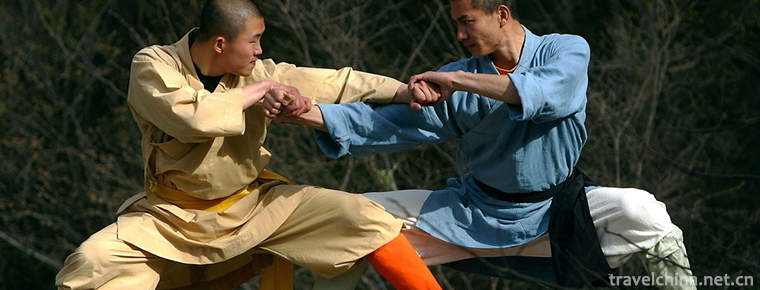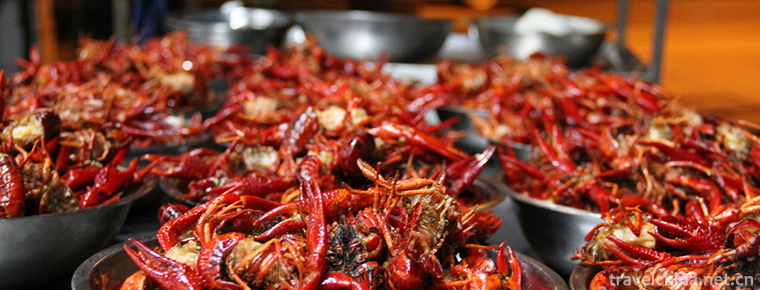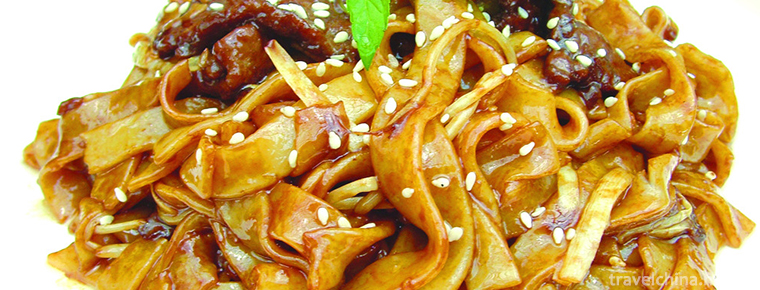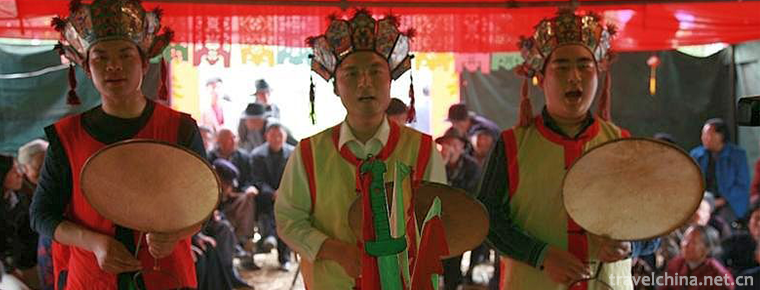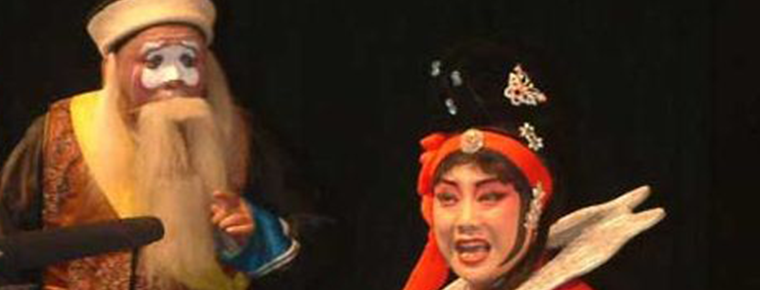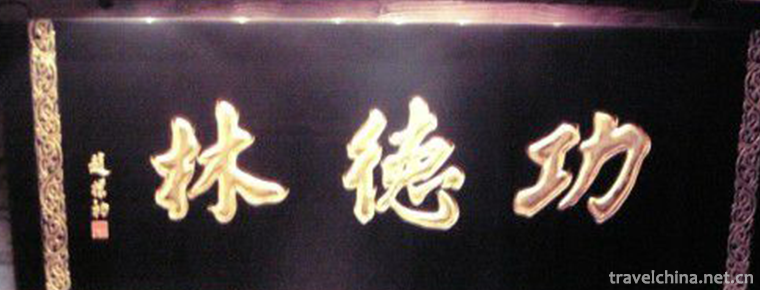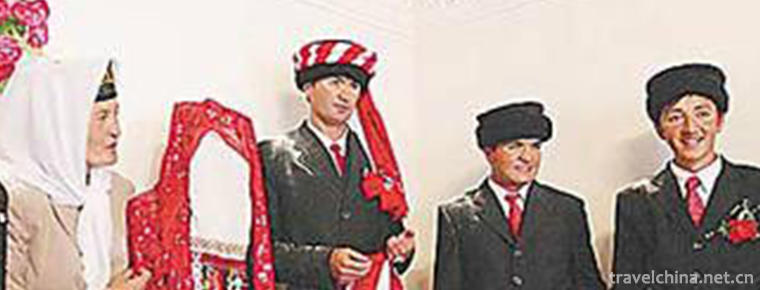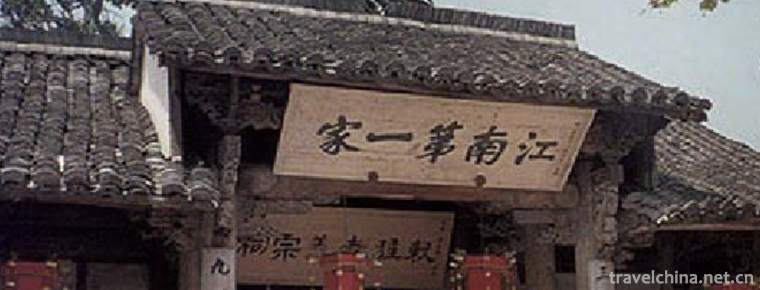suzhou pingtan
suzhou pingtan
Suzhou Pingtan is the general name of Suzhou Pingtan and Suzhou Pingtan Ci. It is a traditional form of opera and opera that uses Wu dialect to speak and perform freely. It came into being and became popular in Suzhou, Jiangsu, Zhejiang and Shanghai. Pingtan has a long history and was popular in the Qianlong period of Qing Dynasty. The most famous artist is Wang Zhou Shi, who once sang for Emperor Qianlong. During Jiaqing and Daoguang years, there were four famous writers, Chen Yuqian, Mao Yipei, Yu Xiushan and Lu Ruiting. During the reign of Xianfeng and Tongzhi, Ma Rufei, Zhao Xiangzhou, Wang Shiquan, and so on. After that, various schools of famous scholars emerged, which made the art of playing evaluation in Suzhou go on for more than 200 years.
In 2008, Suzhou Pingtan was selected as the first batch of national intangible cultural heritage expansion projects.
Historical Origin
Comments on Suzhou
The commentary of Suzhou originated from the artistic skill of speaking in Song Dynasty. Li Yu, a playwright in the Qing Dynasty, described the speech of Yuezhuan in Suzhou storytelling in the late Ming and early Qing Dynasties in the second part of "Book Noise". It has a table, a white, a rhyme similar to that of praise, which is the same as that of Suzhou's commentary. Liu Jingting, a famous commentary artist in the late Ming and early Qing Dynasties, once talked in Suzhou and its vicinity, which has a close relationship with the commentary in Suzhou. In the mid-Qing Dynasty, the commentary of Suzhou entered its heyday, and Guangyu Society, the earliest association organization of the commentary of Suzhou, was established. During the years of Xianfeng and Tongzhi, famous commentators such as Yao Shizhang who said "Water Margin" appeared.
Suzhou Tanci
The word "Tanci" originated in Tian Rucheng's "Xihu Tour Zhiyu" in 1547, which recorded Hangzhou's August Tide Watch: "At that time, excellent performances, batting, shutting down, fishing drums, playing words, the voice is full of buzz." Chen Ruheng's article Tracing the Origin of Tanci and Its Art Form (1983) considers that Tanci is "far from Taozhen, near-source words". As for Tao Zhen, the West Lake Tour Zhiyu records: "Hangzhou men and women, who learn more about Pipa singing ancient and modern novels, Pinghua, in order to find food and clothing, it is called Tao Zhen." Ye Dejun's Lecture and Singing Literature of the Song, Yuan and Ming Dynasties (1952) textual research: "Tao Zhenhe and Tanci are both lyric and singing literature praised with seven words of poetry, but they have only name differences." He believed that "in terms of the development of history, Tao Zhenzhen in Yuan and Ming Dynasties was the predecessor of Tanci, and Tanci in Ming and Qing Dynasties was the extension of Tao Zhenzhen. Their development history is inseparable".
In the early Qing Dynasty, with the prosperity of Suzhou's urban economy, Tanci became popular in Suzhou. Dong Xingren, a native of Wuxing, Zhejiang, who settled in Suzhou at the end of Kangxi's reign, described the use of Suzhou dialect in the performance of blind women's play in his novel The Journey to the West. During the Qianlong period, there were more and more records about the formation of Tanci in Suzhou. The well-known representative is Wang Zhou Shi, nicknamed "purple dysentery". Wang Zhou Shi is good at singing "You Long Zhuan". He absorbs the voice of Kunqu Opera and Wu Song, and performs Tanhuang. He is famous for playing "ten roles" in a single stage. According to the records of Wuxian County in Qing Dynasty, Qianlong toured the south, playing and singing in front of King Zhou Shi's Royal Summon at the Xinggong Palace in Suzhou, and gave him seven crowns and belts to accompany him back to Beijing. Zhao Yi, a historian at that time, commented on the factors of "laugh", "talk", "play" and "sing" in his stories in Oubei Poems and Notes, Gift Stories and Purple Larrhea: "relying on comedy to a foot", "but smelling and spraying food to fill the hall", "telling silk well" and "putting off slang words by oneself", "You Meng Neng will live together" and "excellent waiters and waiters are of great respect". In the forty-first year of Qianlong (1776), Wang Zhoushi founded Guangyu Gongfu, a guild organization including commentary artists, on the first day of the Palace Lane in Suzhou, to show the meaning of "light before and after" in the art of commentary. He summarized his storytelling art experience from both positive and negative aspects, and Shupin and Shujie were regarded as the creed of storytelling by later artists.
Jiaqing (1796-1820) witnessed the rapid development of Tanci in Suzhou. At that time, the bibliographies engraved on the handed down books were Sanxiao, Niao Gou, Yixie Zhuan, Shuangjin Ingot, etc. The number of well-known Tanci artists increased, and the "top four masters" (different specific terms) in the development history of Tanci appeared at that time. They developed Wang Zhoushi's calligraphy, enriched the bibliography of performances, created genres of singing, broadened skills and ideas, and laid the basic form of today's Suzhou Tanci.
During the Daoguang and Xianfeng periods (1821-1861), most of the women's ballads appeared in Suzhou, which were composed of Changshu people. The opening, bibliography and tunes of ballads and songs were basically the same as those circulated at that time, but most of them could not rap and sing the whole book, only said "a paragraph in the book". Ma Rufei, an artist of Suzhou Tanci, has a more specific reflection in his opening work Yin Sheng Yang Fall: "Suzhou patterns change year by year, and women are used in the bookstores." Wang | Yingqi Magazine records that the women who played Ci at that time sang "their voice is like a hundred turns of spring warbler, enchanted and soul-stirring, the music is far away, and they still feel the aftertone around the beam", thus "every appearance, full of seats pour over".
During the period of the Republic of China, the number of performers of Tanci in Suzhou increased sharply. According to the statistics of 16 years (1927) in the Republic of China, there were 200 members in Guangyu Society at that time, while nearly 2,000 artists in unknown Guangyu Society. The competition in art was very fierce. It is manifested in the innovation of bibliography, singing, performance and performance venues.
New bibliographies of Tanci emerged in this period, such as Yang Naiwu, Begonia and Marriage between Laughter and Laughter. Artists have innovative tunes: Wei Yuqing's , Yang Xiaoting, Yang Renlin's father and son's , Xia He Sheng's , Zhou Yuquan's , Xu Yunzhi's , Qi Lianfang's , Jiang Yuequan's , Xue Xiaoqing's , Zhang Jiantang's [Zhang Diao], etc. There are various schools. During this period, the performance form of Tanci also changed greatly. With the re-emergence of women's martial arts, double stage has become the main form of performance. Before and after the outbreak of the Anti-Japanese War, there were three and four performances. At this time, there are many venues for the performance of Suzhou Pingtan. The magnificent decoration and broad venues are called "new-style bookstores". The entertainment bookstores occupy one seat in the entertainment venues. The "fancy bookstores" are called "fancy bookstores" for each performance, and the "air bookstores" for commercial radio broadcasting Pingtan.
After the founding of the People's Republic of China, there were 600 registered Suzhou Tanci artists in 1956, including 480 in Suzhou. After registration, these artists participated in local performance evaluation groups and made art reforms on bibliography and singing tune according to the policy of "letting a hundred flowers blossom, weeding out the old and bringing forth the new".
Inheritance Significance
In recent years, the audiences of commentary in Suzhou have decreased sharply, the bookstore has shrunk, the artists have lost a large number, and the survival and development are facing a crisis, which urgently needs to be supported and protected.
The bibliography of Suzhou Tanci is very rich. There are 65 traditional, 172 new historical and some modern ones. Since the founding of the People's Republic of China, a large number of performances have been recorded, recorded and recorded. Zhou Yuquan's "Jade Dragonfly" and "Selection of Tanci in the Mid-Section" have been collated and published. The collection, collation and research of historical and artistic materials have also been carried out in succession, with the publication of "old news notes of Suzhou Tanci" and "Talking about Art Records of Tanci Artists". However, since the end of the 20th century, the audience of Suzhou Tanci has declined sharply, the bookstore has shrunk, the artists have lost a large number, and the survival and development are facing a crisis, which urgently needs rescue and support.


-
Martial Art
Wushu is a technology inherited from ancient military wars. Martial arts can strengthen the body and defend the enemy.
Views: 264 Time 2018-11-13 -
taste shrimp
Taste shrimp, also known as spicy crayfish, Changsha taste shrimp, spicy crayfish and so on, is a well-known traditional snack in Hunan Province.
Views: 206 Time 2018-11-14 -
Dry fry rice noodles with beef
Dry fried beef river is a Cantonese dish made from materials such as sprouts, river meal and beef. One of the traditional snacks in Guangdong.
Views: 293 Time 2018-11-14 -
End drum cavity
Weishan Lake Drum Tune, also known as Duangong Tune, is a traditional folk art of the Han nationality originating in Weishan County and Dongping County of Shandong Province .
Views: 212 Time 2019-04-28 -
Two strands
Erguxian is an ancient traditional opera, which was formed in Song Dynasty and has a history of more than 500 years. The two-strand string is evolved from folk minor,.
Views: 282 Time 2019-04-28 -
Vegetarian production skills
Gongdelin vegetarian food originated in temples. During Tongzhi period of Qing Dynasty, Temple vegetarian food gradually entered society. In 1922, the disciples of Wikipedia, a Buddhist monk at Changj.
Views: 291 Time 2019-06-17 -
Tajik Marriage Customs
On the Pamir Plateau, which is more than 4000 meters above sea level, there is a Tajik people living in China. This is a people who can sing, dance and hospitality. Their life is full of mystery, and .
Views: 114 Time 2019-06-17 -
Construction Techniques of Wuzhou Traditional Residential Buildings
On June 7, 2008, Wuzhou traditional residential construction techniques were approved by the State Council and listed in the second batch of national intangible cultural heritage list..
Views: 203 Time 2019-06-30 -
Panzhihua College
Panzhihua College is the only comprehensive undergraduate college in southwest Sichuan and northwest Yunnan, where the Ministry of Education locates. The school is located in Panzhihua City, a famous .
Views: 257 Time 2019-08-31 -
Erwang Temple
The Erwangmiao ancient building complex is located at the foot of Yulei mountain outside the west gate of today's Dujiangyan, which is an important part of the world cultural heritage Dujiangyan. The temple was built in memory of Li Bing and his son Erlang. The Erwang temple was first built in the northern and Southern Dynasties.
Views: 439 Time 2020-11-08 -
Warm tips for Chengdu Giant Panda Base
Giant pandas live in dense bamboo forests at an altitude of 2600-3500 meters. The annual temperature is lower than 20 ℃ and likes cold and afraid of heat. When the weather is cool, the giant panda will carry out activities in the outdoor playground. When the outdoor.
Views: 173 Time 2020-12-13
